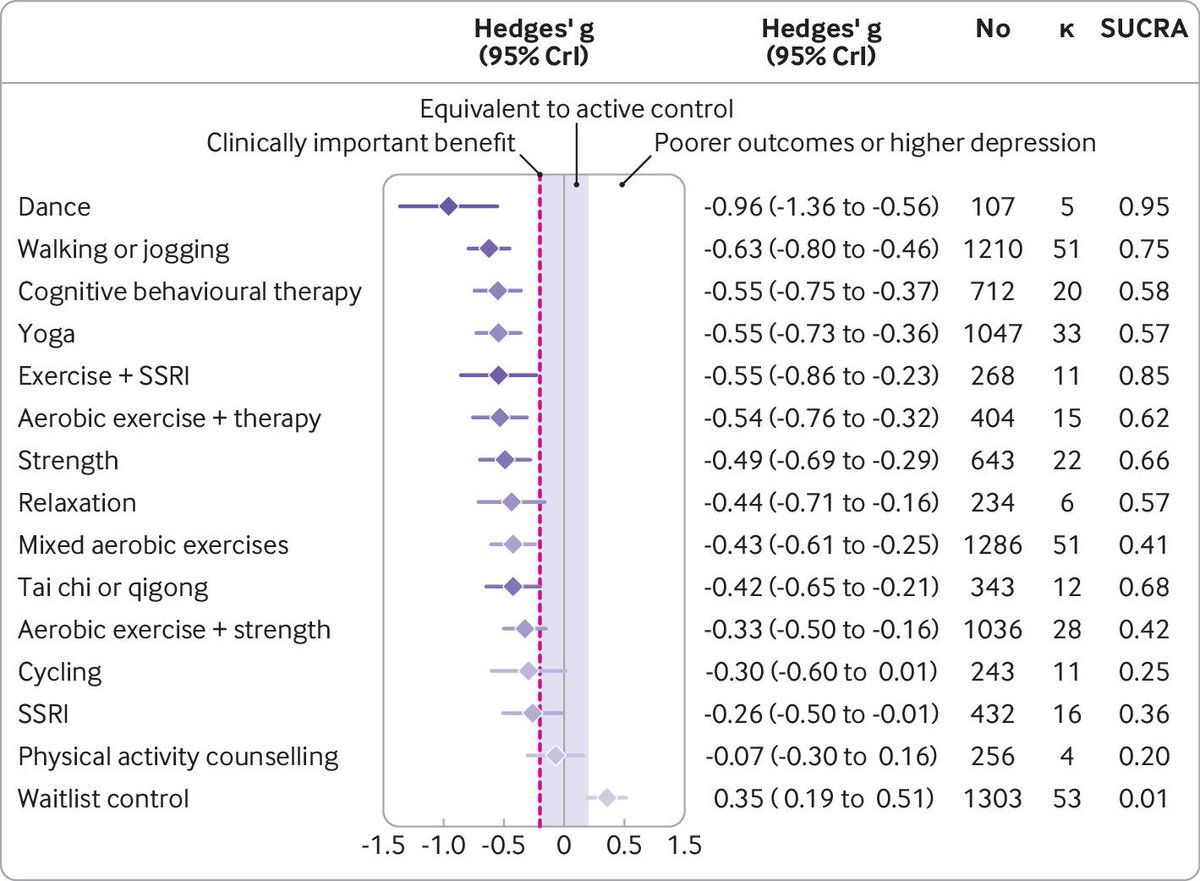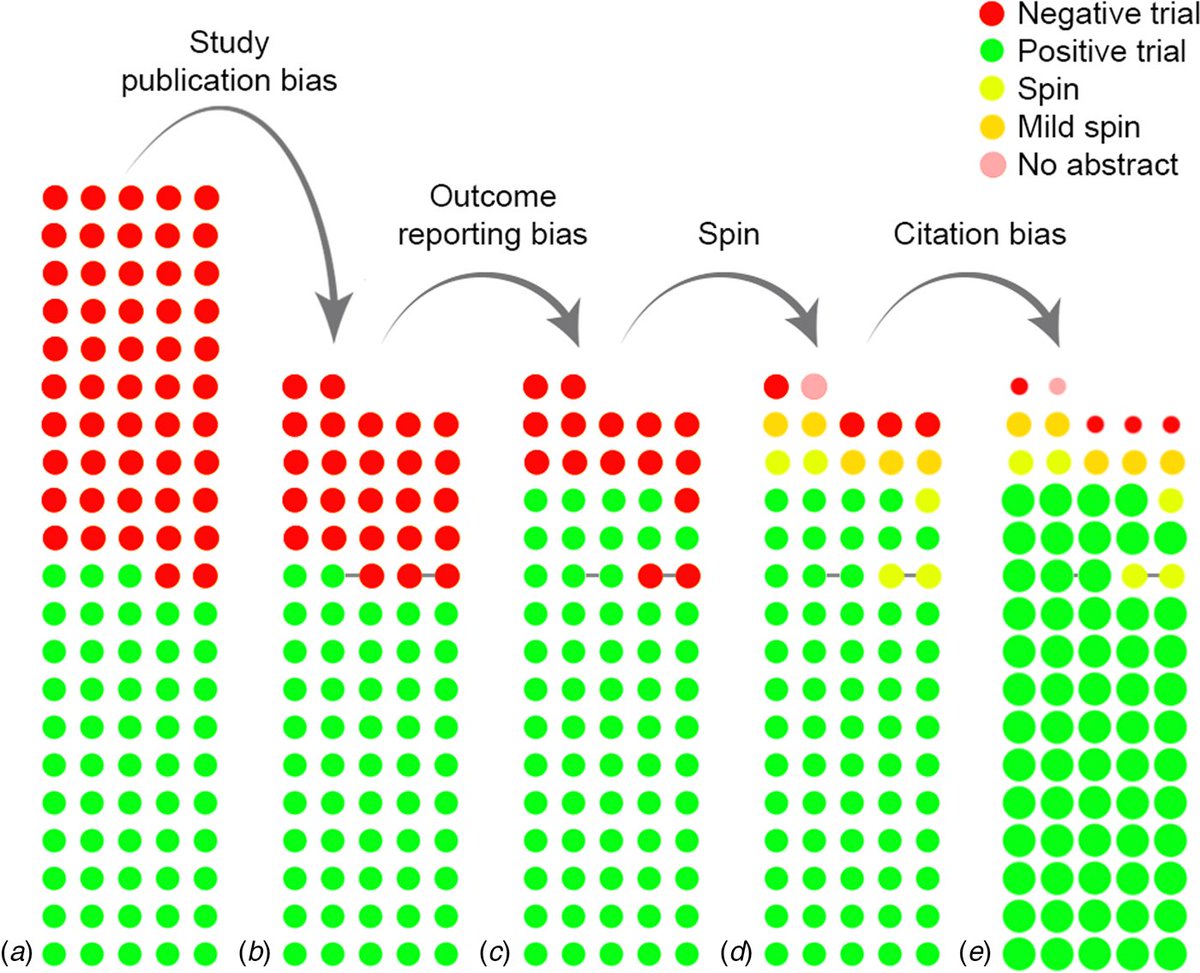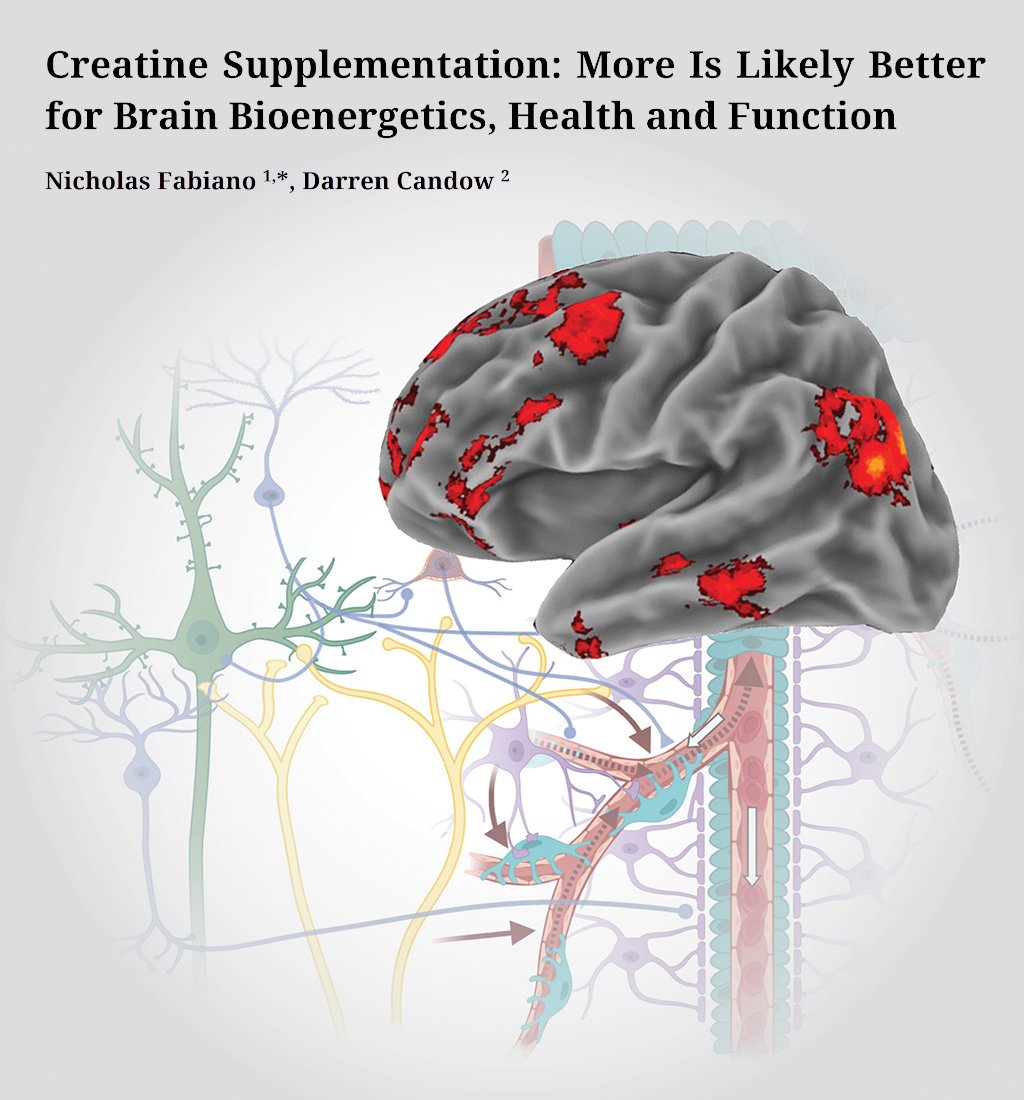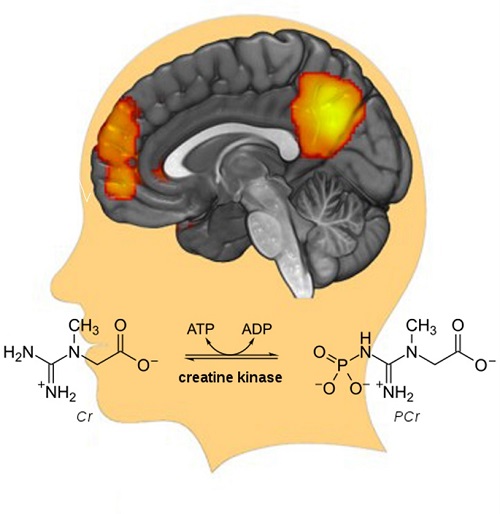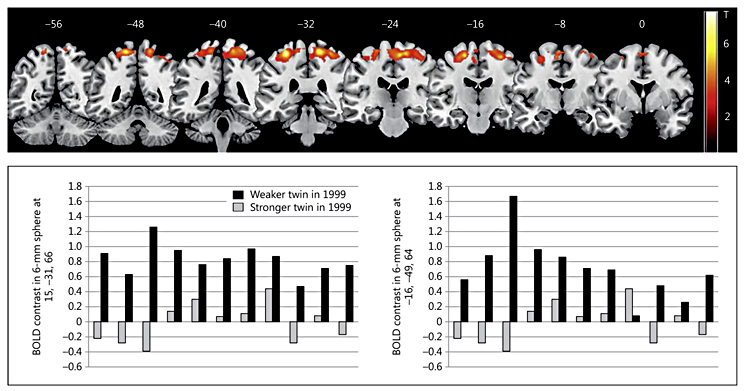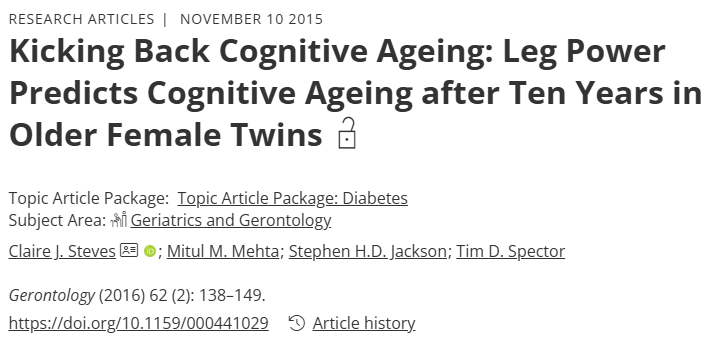These findings are from a study in @iScience_CP which investigated the role of ultraweak photon emissions (UPEs) in the human brain. 2/12 cell.com/iscience/fullt…

Cells and tissues are traditionally understood to communicate through molecules and gene transcription; however, an emerging dimension of biophysical signaling is gaining attention - the role of light signals, in the form of UPEs. 3/12 

These UPEs were first described as “mitogenic radiation” by Alexander Gurwitsch in 1923, following his pioneering experiments that demonstrated that onion roots could stimulate growth in nearby conspecifics, even when separated by glass barriers, but not by quartz. 4/12 

Biological tissues continuously emit very low intensity light within the visible-to-near-visible spectral range; UPEs are generated by radiative decay of excited molecules and reflect the metabolic states of cells, correlating with the production of reactive oxygen species. 5/12
Neural tissues have received special attention as a source of UPEs due to their excitable physiology, high metabolic load, and marked sensitivity to light stimulation. 6/12 

That neural cells express a diversity of photoactive molecules, including non-visual opsins, auto-fluorescent neurotransmitters (e.g., serotonin), and flavins suggests that UPEs may serve functions that could be leveraged to develop label-free in vivo imaging techniques. 7/12
To investigate this, photon counts over the heads of participants were measured and characterized while they rested or engaged in an auditory perception task. 8/12 

It was found that brain UPEs differ from background light in spectral and entropic properties, respond dynamically to tasks and stimulation, and correlate moderately with brain rhythms. 9/12 

These light emissions not only pass through the skull but also reflect changes in cognitive state, pointing to a new biophysical layer where light may carry information. 10/12
Their distinct spectral and entropic signatures suggest light may serve as a label-free, non-invasive marker of brain function. 11/12
Overall, this study represents an important first step towards the development of a platform to readout functional brain states via a “photoencephalography” technique. 12/12
• • •
Missing some Tweet in this thread? You can try to
force a refresh




